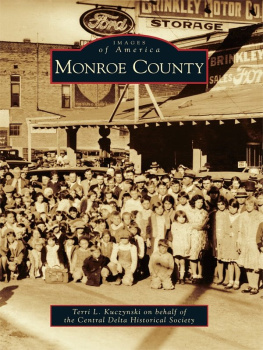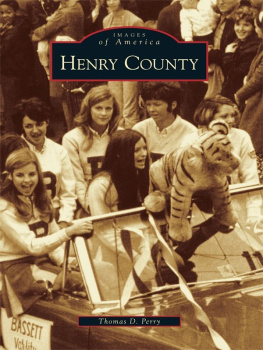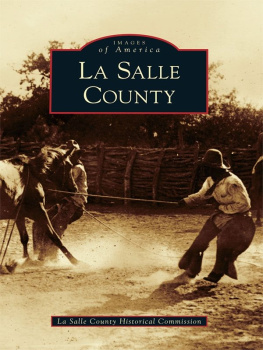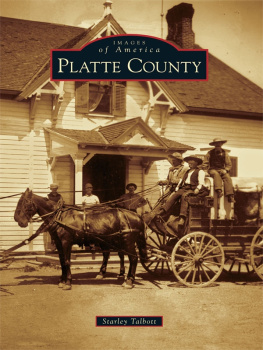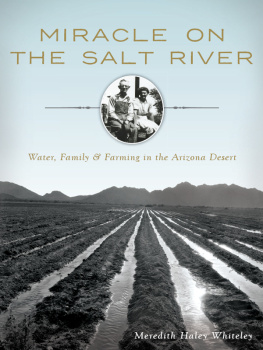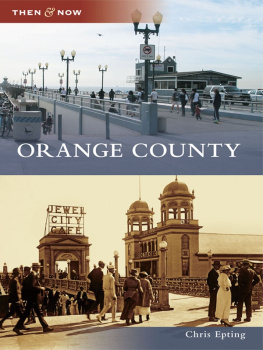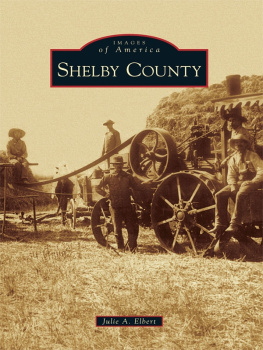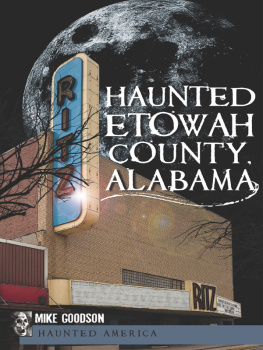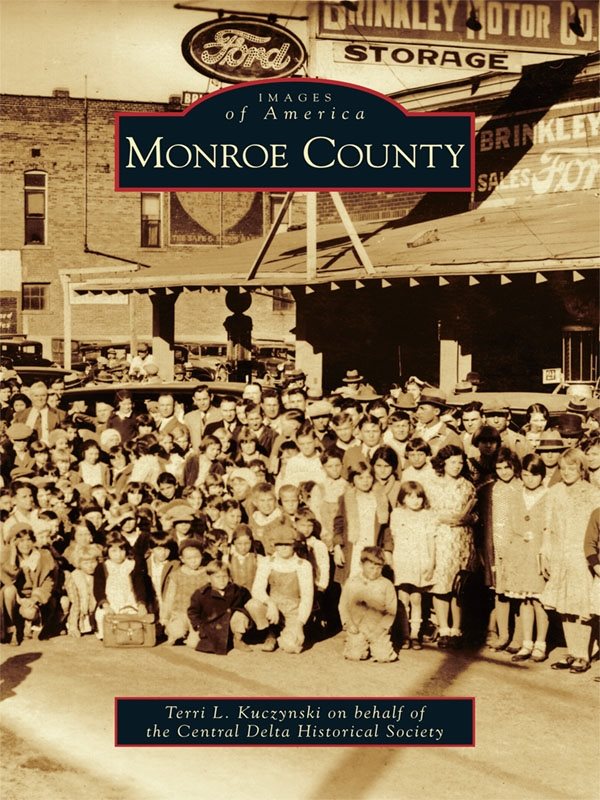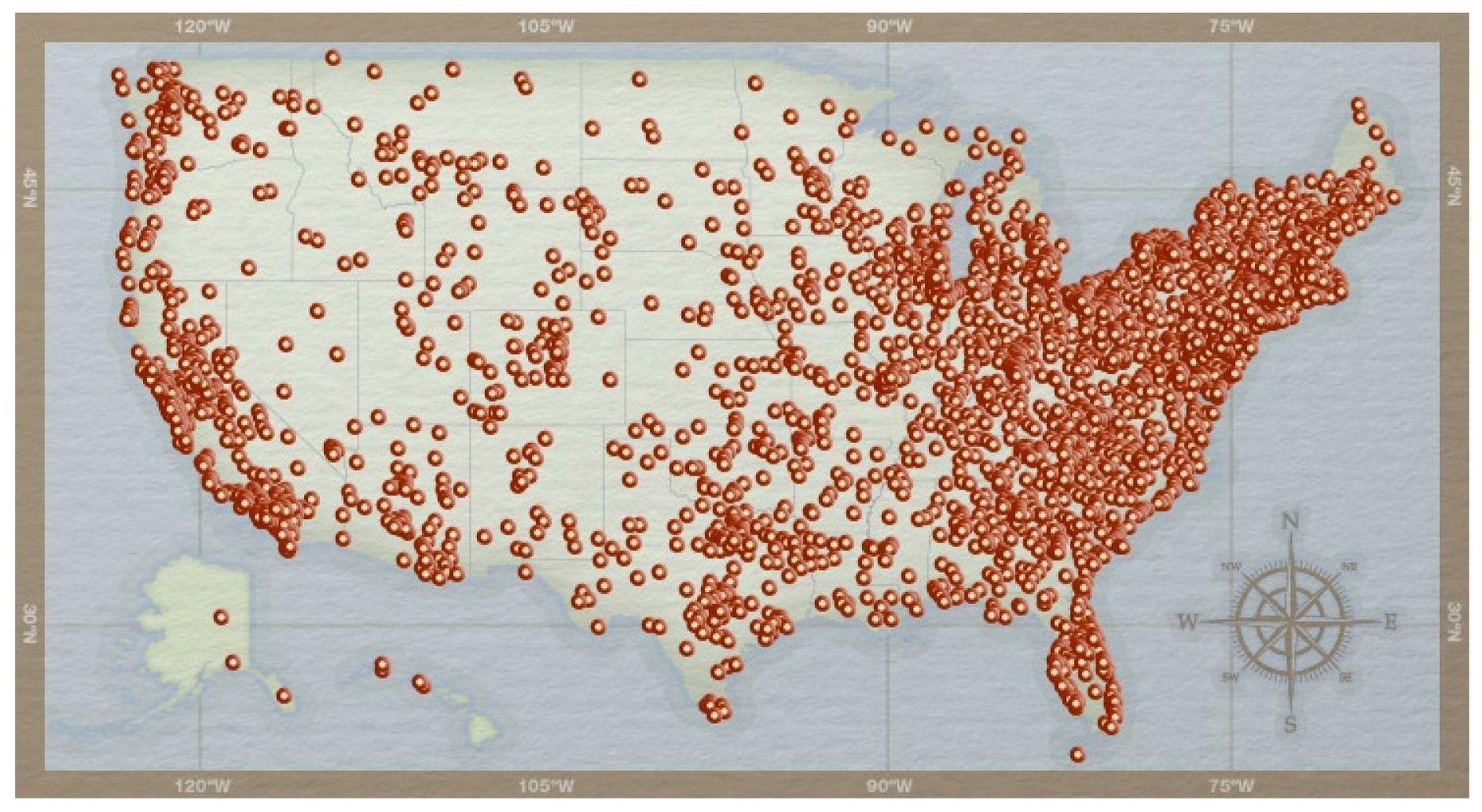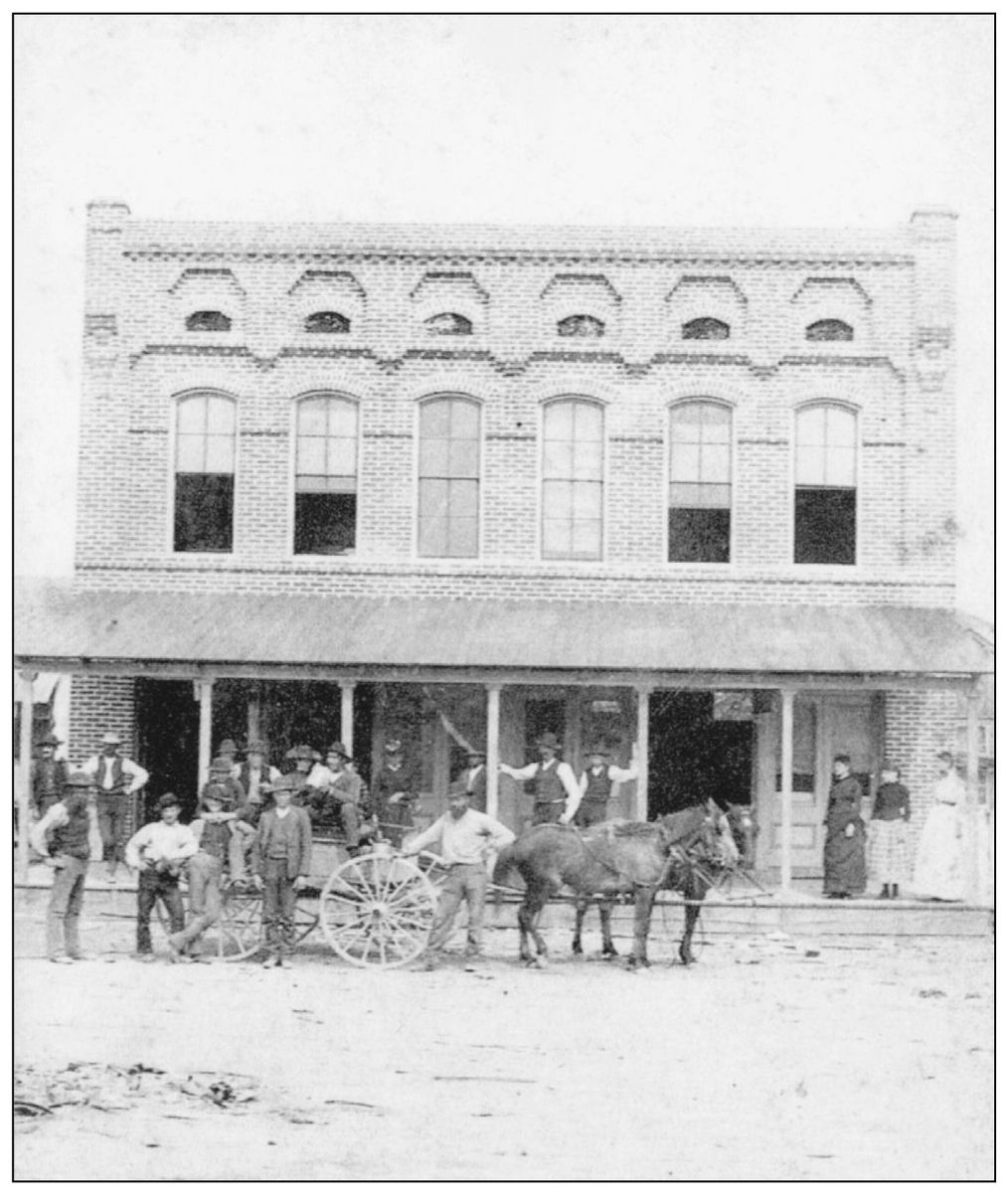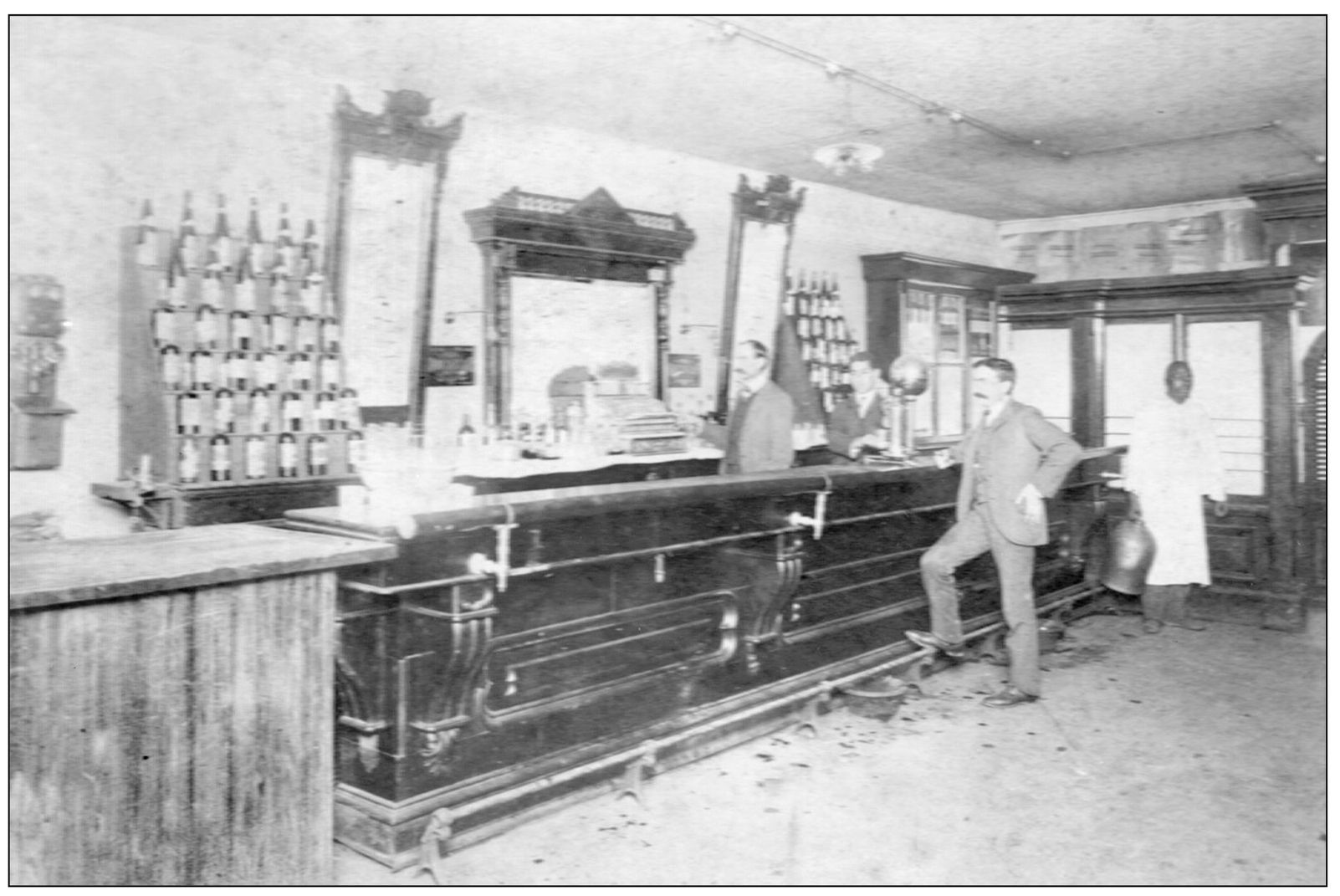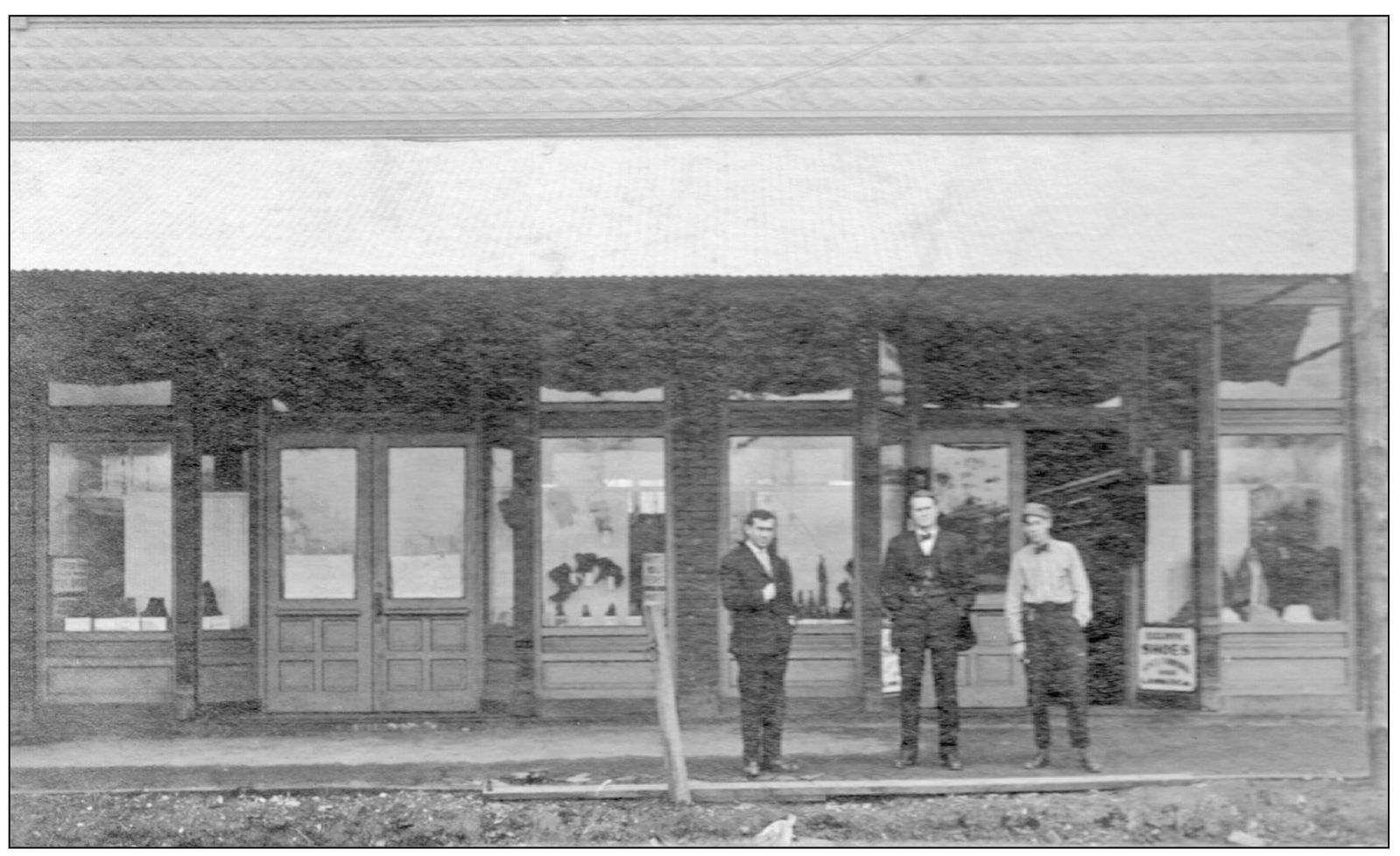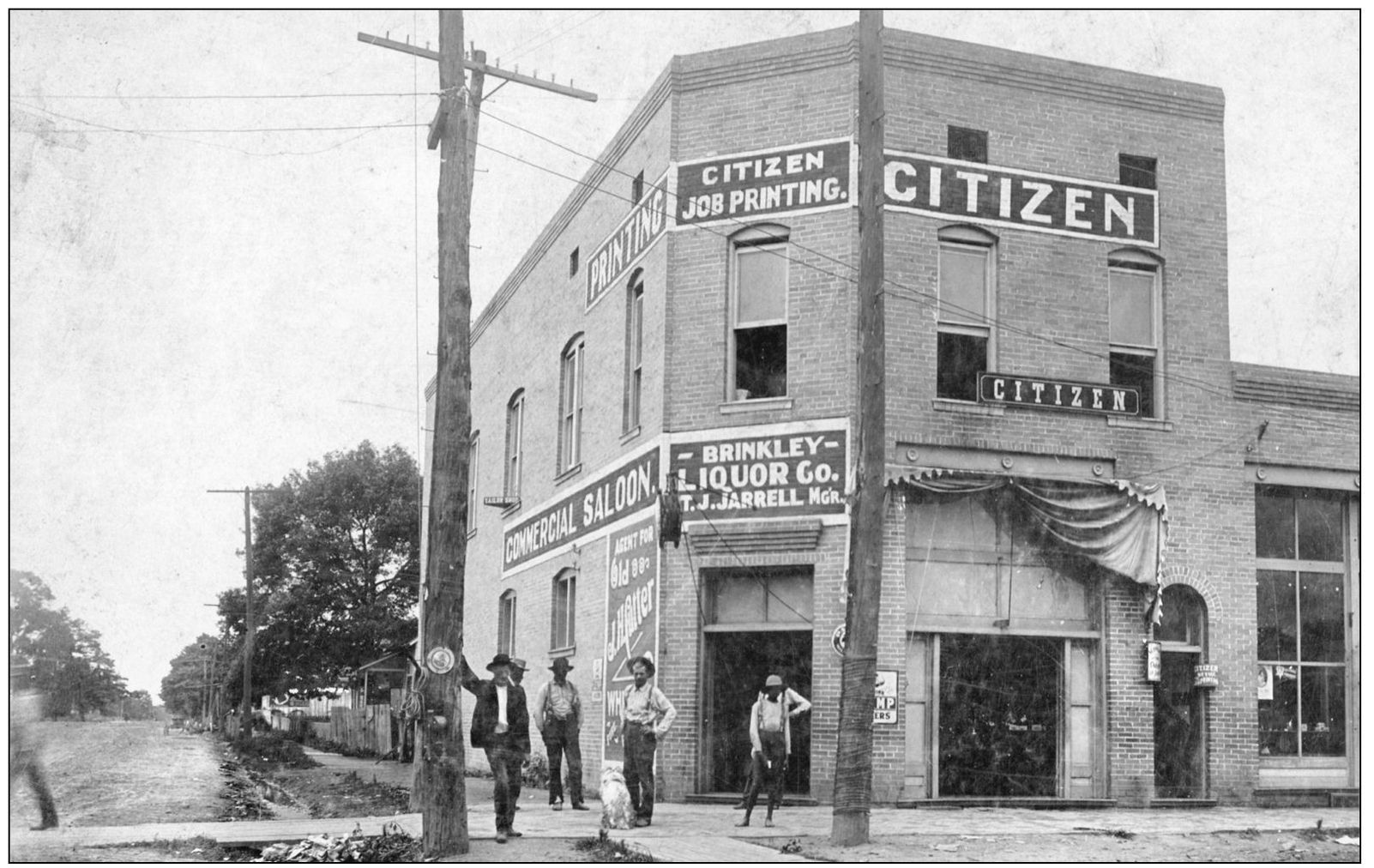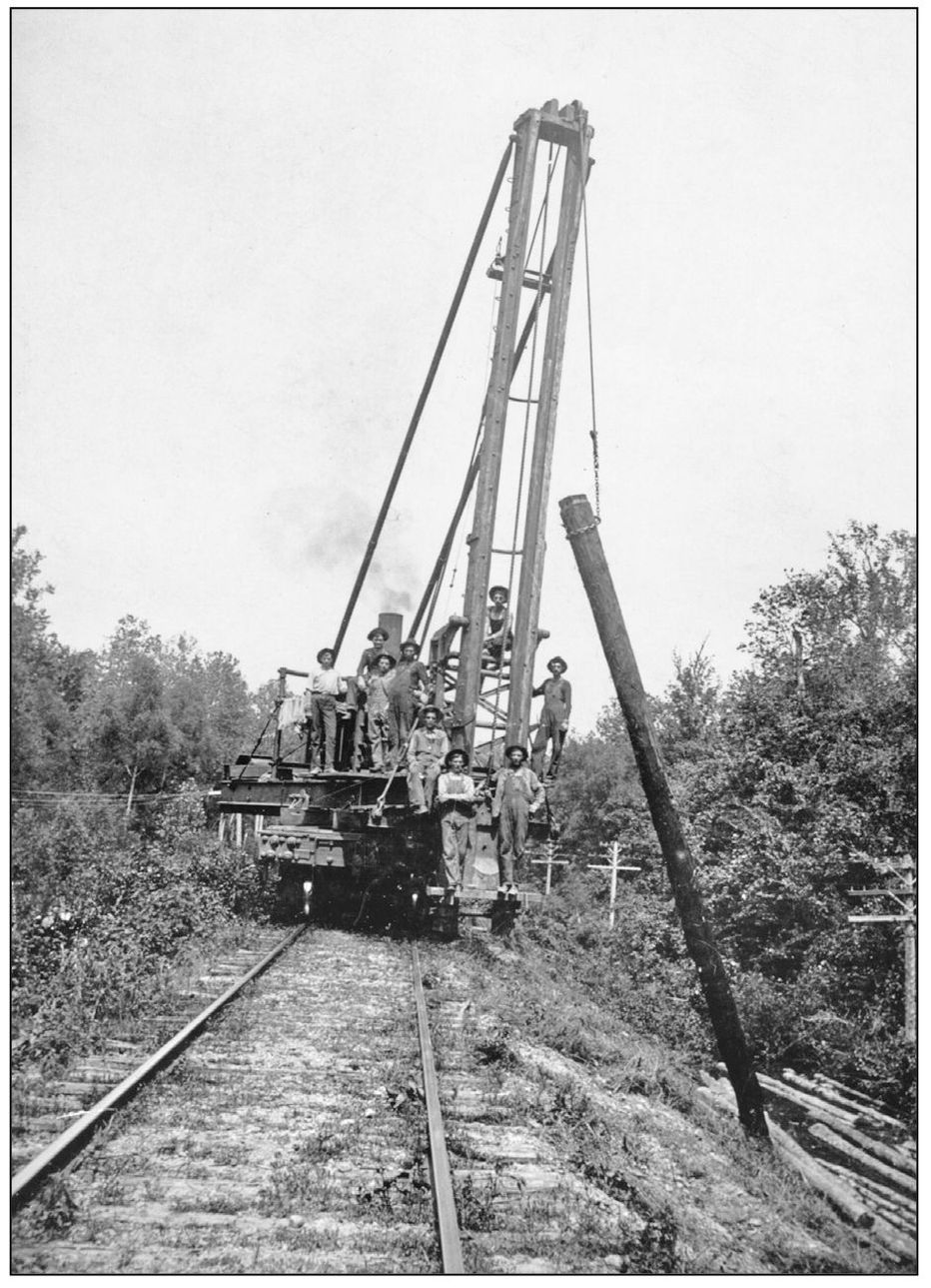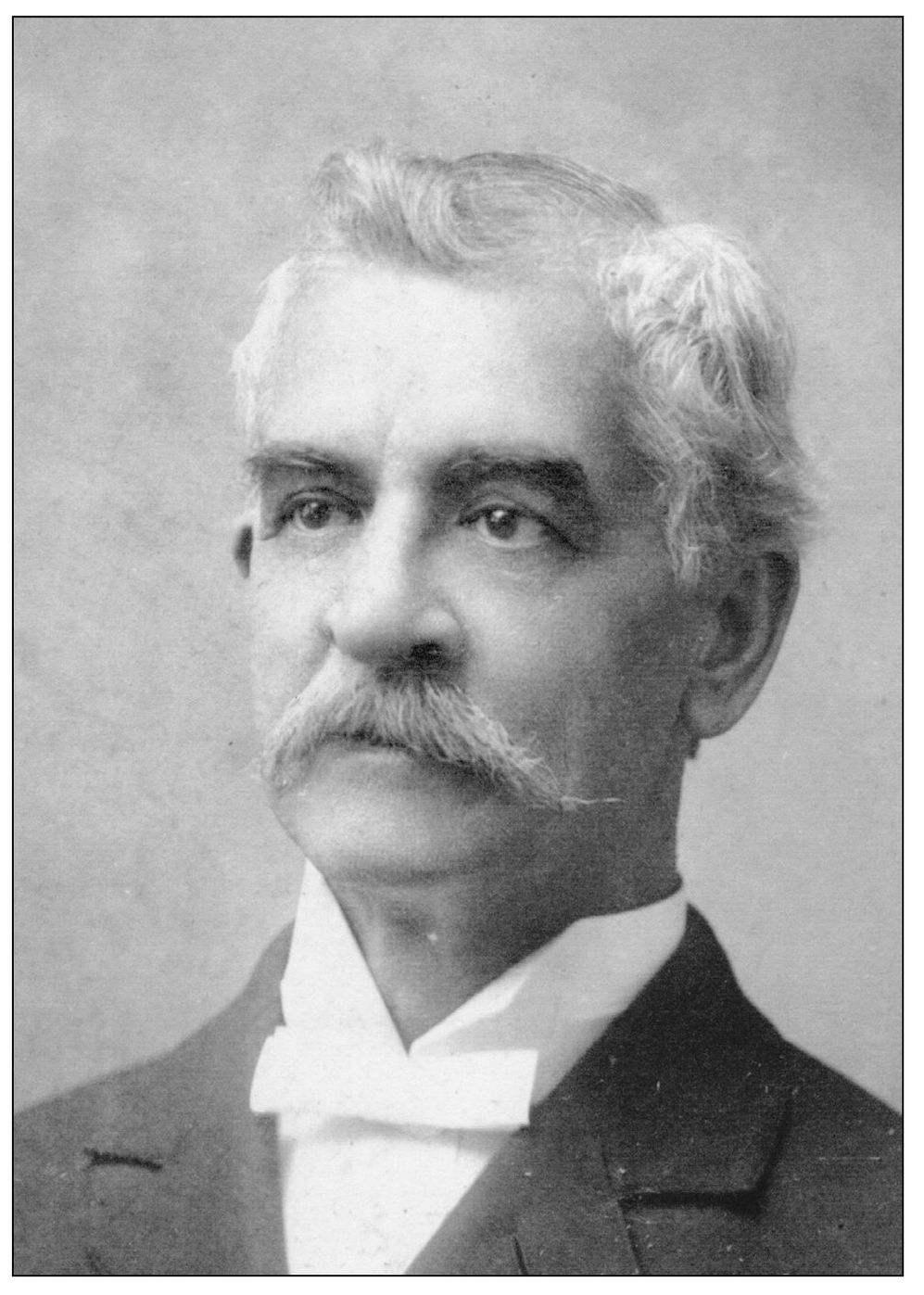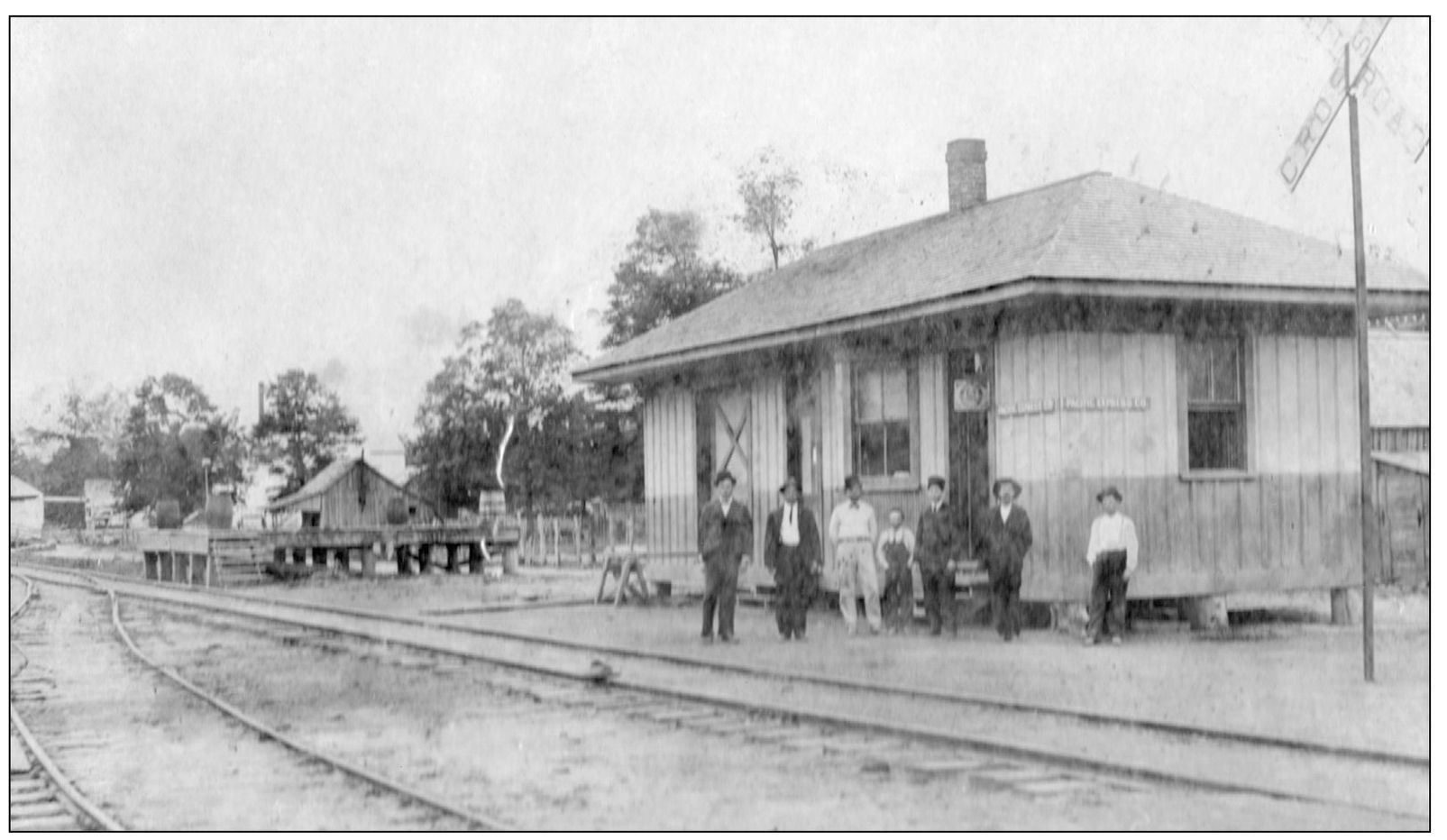One
TAMING THE WILD LAND
The western expansion in America was achieved through the advent of the railroads. It was through them that a young nation had the means to transport agricultural and manufactured goods beyond the Eastern Seaboard and opened up the Wild West. In 1852, a land grant was given to the Memphis and Little Rock Railroad to construct a railroad line from the Mississippi River at Memphis, Tennessee, to Little Rock, Arkansas. Railroad crews made settlements along the route, and what is Brinkley was known then by the mostly immigrant crews as Lick Skillet. This early photograph was taken in front of the C. B. Harris store in Brinkley.
Above and below are early photographs of unidentified settlers in Brinkley in the late 1800s. The construction of the Memphis and Little Rock Railroad brought the city of Brinkley into being and established the first railroad completed in Arkansas. Brinkley is situated in the northern part of Monroe County and was laid out in 18691870 on lands belonging to the Memphis and Little Rock Railroad. Brinkley was incorporated on August 6, 1872, at which time the town had 50 qualified voters. Before the turn of the 20th century, Brinkley had better shipping facilities than any other city or town in the state of Arkansas. In the early 1890s, Brinkleys business district, where these photographs were taken, then located west of Main Street on Cypress Street, was destroyed by fire.
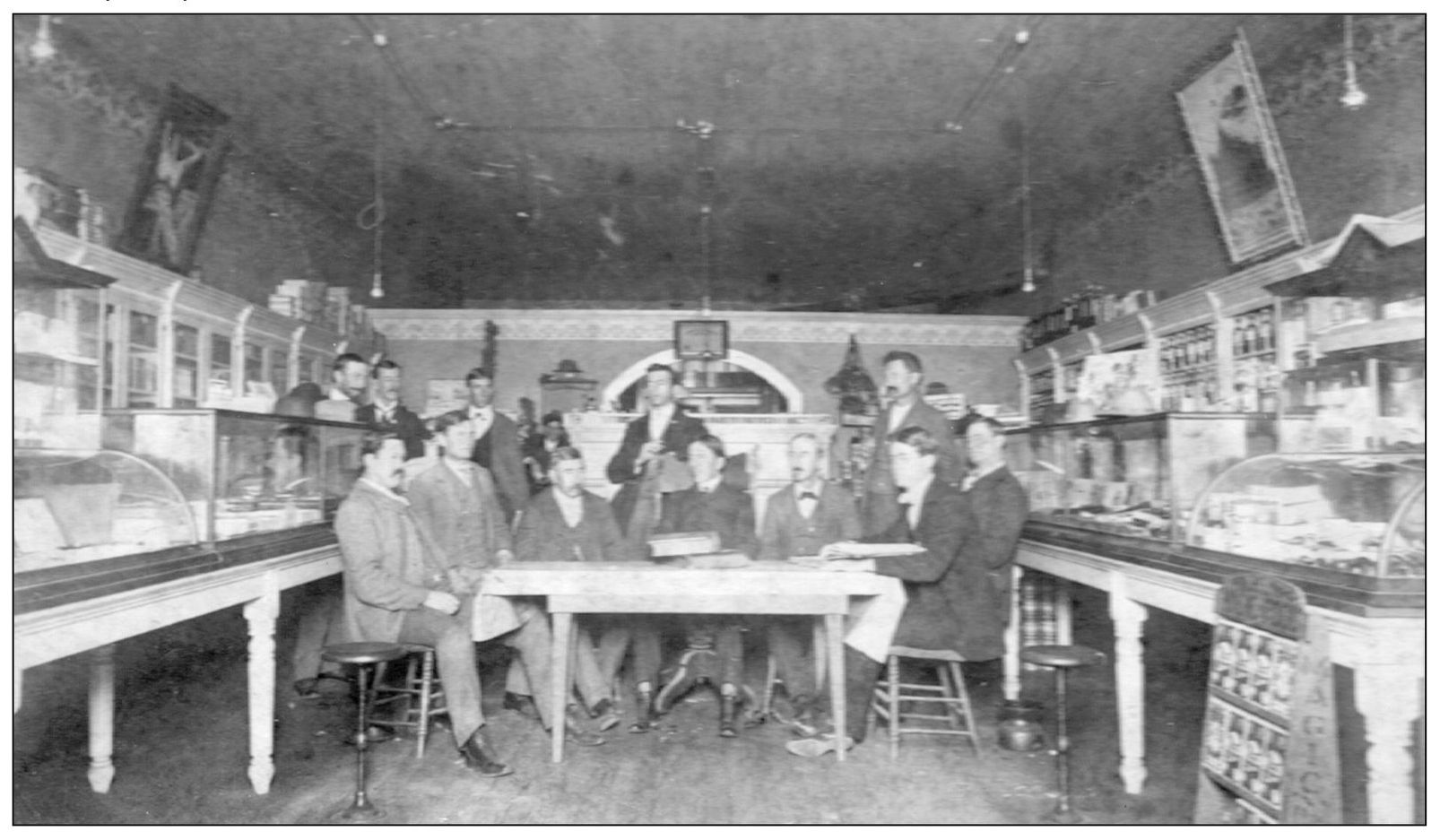
This c. 1910 photograph was taken in the Brinkley business district in front of the Lamb Store. In 1869, Lick Skillet was renamed Brinkley after the president of the Memphis and Little Rock Railroad, Robert Campbell Brinkley. The land surrounding Brinkley was table land and not subject to overflow, being 23 feet above the high-water mark. It was considered a healthier locality than towns situated along the rivers and thus was more rapidly settled.
E. H. Converse came to Brinkley by train in the 1890s and accidently met Brinkleys forefathers at the depot. When they learned he was a druggist, they persuaded him to stay. At that time, his only possession was 50 and a gold watch. Eventually, he bought his own drugstore, which he owned and operated for over 50 years. Pictured above is what was known as Converse Corner.
These railroad work crews are believed to be working on the Batesville and Brinkley rail line, one of the best equipped and managed short lines in the Southwest during its heyday. Brinkley was at one time the junction of the Little Rock and Memphis and the St. Louis, Arkansas, and Texas Railroads. It was also the terminal of the Batesville and Brinkley and the Brinkley, Helena, and Indian Bay Railroads. The concentration of these several lines made Brinkley a railroad center of more importance than any other in the state. The Brinkley, Helena, and Indian Bay was built by John Gunn and William Black, fore-founders of Brinkley, for the main purpose of supplying their immense sawmill with timber.
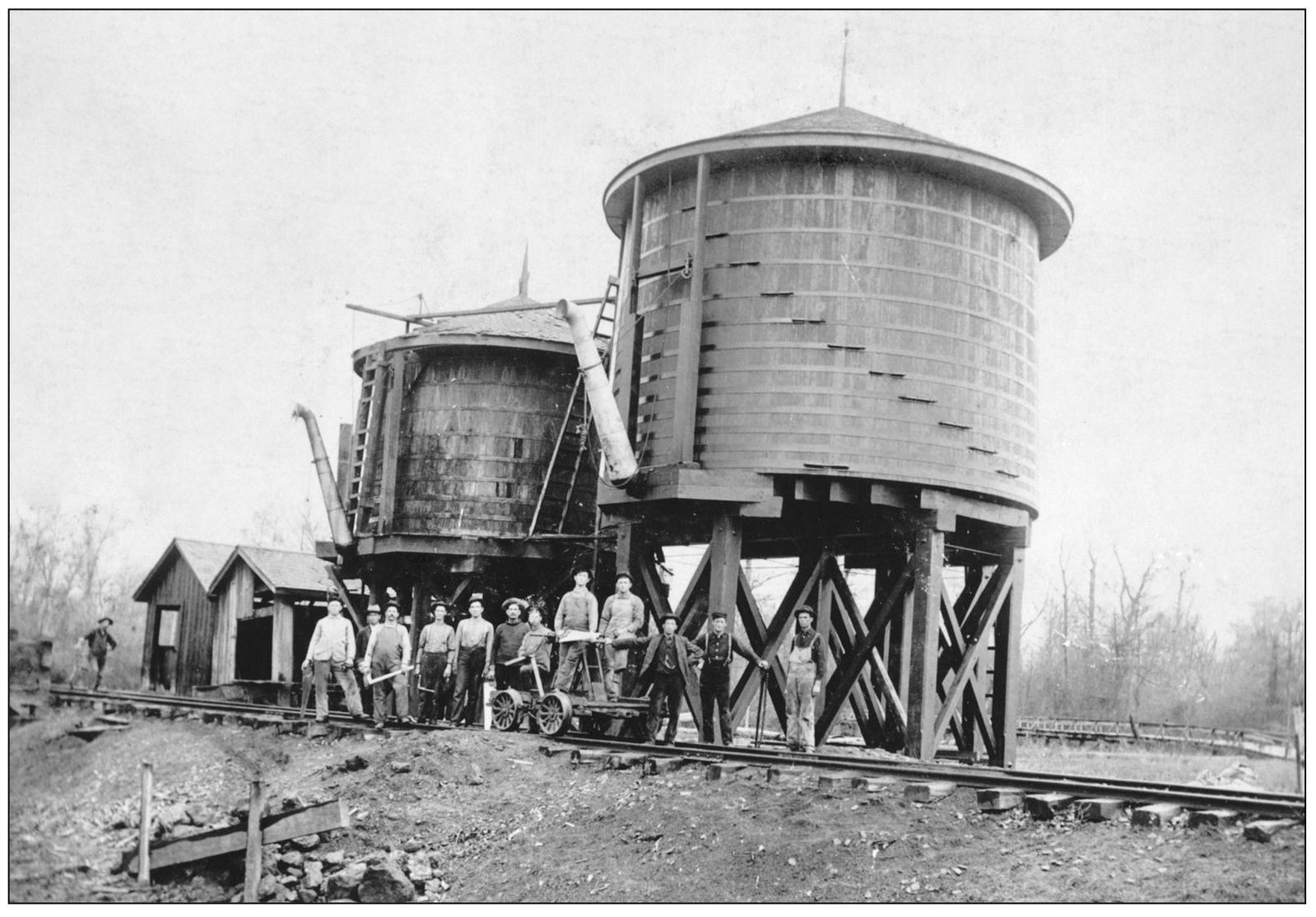
Pictured at right is William S. McCullough, who was owner and operator of the Brinkley House Hotel, pictured below. The Arkansas Gazette reported on the hotel in its September 12, 1891, edition, stating, Captain W. S. McCullough, proprietor of the Brinkley House, keeps one of the most popular hostelries in Eastern Arkansas. His house is situated near the junction of the railroads, and is the popular home for traveling men. It has 25 well appointed lodging rooms, besides parlors, dining-room, office, etc. Broad verandas encircle the building its entire length and breadth, giving it a comfortable and homelike appearance. The Brinkley House was destroyed by fire in 1914. The Rusher Hotel was built in its place shortly afterward and still stands today, now known as Lows Bridal Shop.
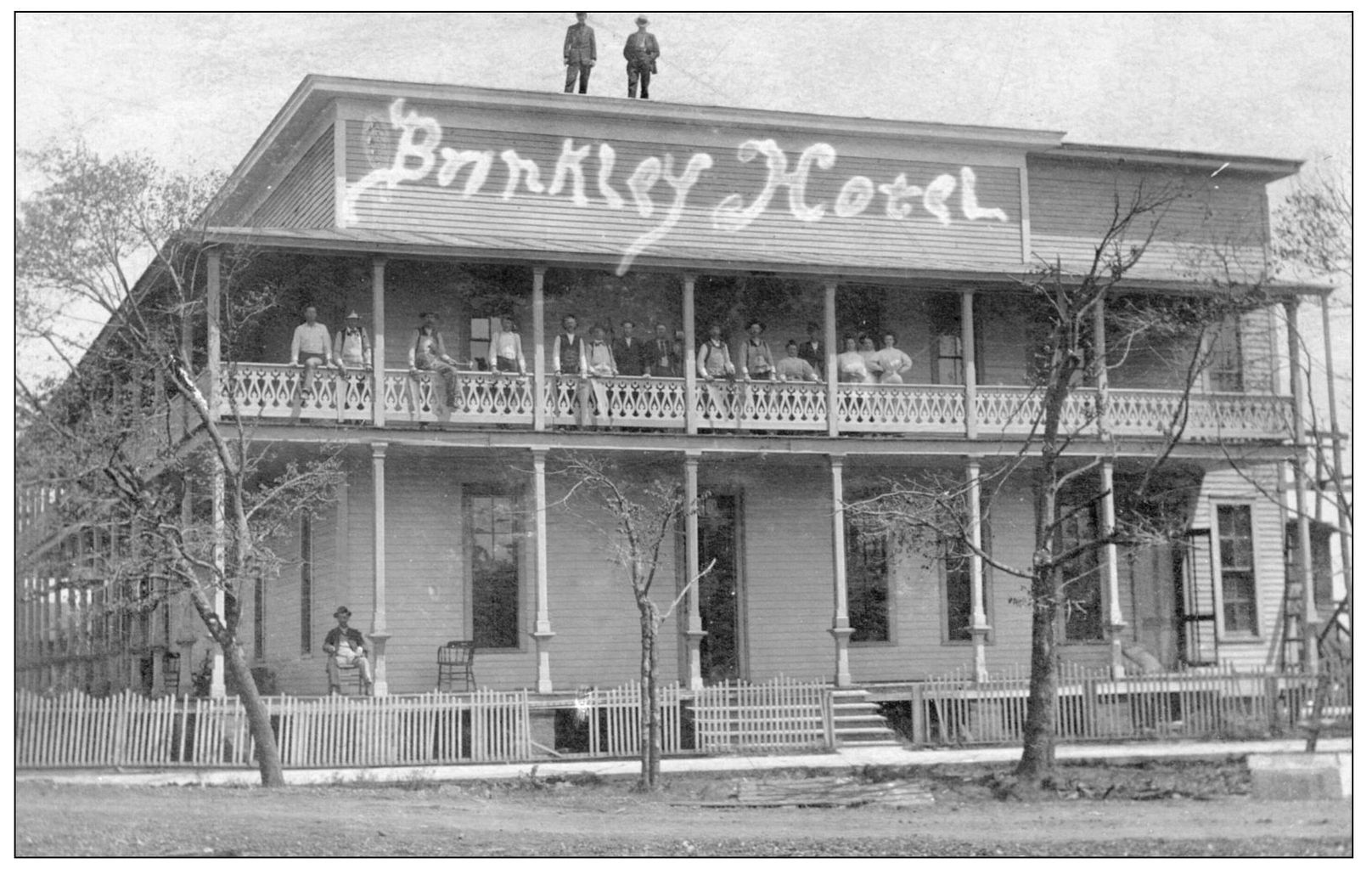
In 1890, a town site was offered by the Brinkley, Helena, and Indian Bay Railway. The offer was accepted, and Monroe, Arkansas, came into existence. The town was named after Monroe Norman, a stockholder of the railroad and associate of the Brinkley Car Works and Manufacturing Company. In its heyday, there was a train depot (pictured above), a cattle-guard company, a lumber mill, five general merchandise stores, a telephone company, a cotton gin, a blacksmith shop, and a public school.

